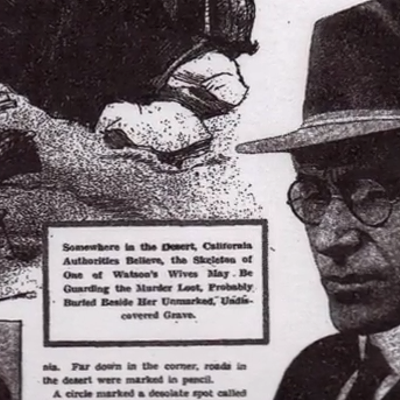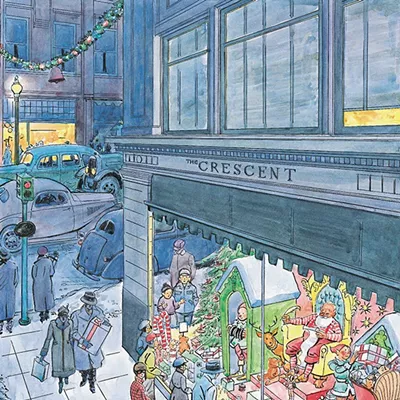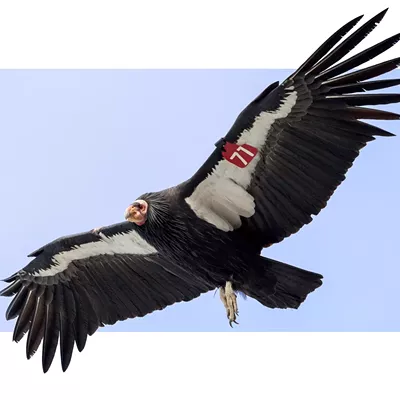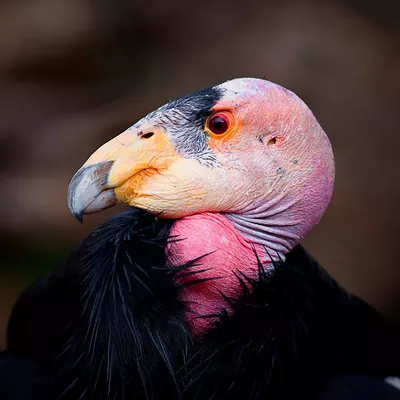In 1846, after crossing Athabasca Pass with a Hudson's Bay Company fur trade brigade, the Canadian artist Paul Kane stepped into one of the company's large canoes to follow the Columbia River all the way downstream. Kane wintered around Fort Vancouver opposite Portland, then the following spring made a much slower return upstream. He paused along the way for mid-summer excursions up the Palouse River and the Grand Coulee before spending six weeks around Kettle Falls and the Spokane country.
The collection of watercolor and oil sketches Kane executed along the way, painted near the close of the period of contact, remains the most complete portrait we have of the region first described in writing by David Thompson 35 years earlier. Kane wielded a pen himself, keeping a very rough daily account of his wanderings that was later fleshed out (with the help of two editors) into a much fuller, sometimes fanciful, version called Wanderings of an Artist among the Indians of North America. Kane will be the subject of Dr. Ian McLaren's lecture at the MAC on Saturday.
A few days in July typify Paul Kane's movements during that summer of 1847. At Fort Walla Walla, a Nez Perce man offered to guide Kane to waterfalls on Palouse River. They left on the 13th, moving through parched, rocky Snake River country.
Next day, the two men rode up the Palouse "through one of the moast strangest looking plases I have ever seen" to Lower Palouse Falls. After a night's camp, they struggled onto a higher plateau and continued on to an "upper fall." Although they remained there all day before returning to Fort Walla Walla, Kane's only comment in his daybook was that he was "sorrey to leve such a piceresk cuntrye."
The ghostwritten Wanderings expands this brief account into vivid descriptions of the famous lower falls, describing a single sheet of water falling 600 feet, spectacular rock formations, and cool misty air swirling around the campsite. The Nez Perce guide explains how spring rains greatly increase the volume and grandeur of the falls, and the two men nibble on refreshing wild currants as they climb out of the canyon and move upstream. They pitch their tents at the upper falls, where Kane remains for the entire next day sketching, "much gratified with the surrounding magnificent scenes. The fall of water is only fifteen feet. Along the margin of the river high bushes and grass grow, whose bright green contrasts vividly with the high hills of yellow sand which enclose them."
Lower Palouse Falls remains a landmark of the Palouse, much painted and photographed. The upper Palouse Falls, though much less known, have also remained intact; a visitor can stand where Paul Kane stood 158 years ago and see the same standing rocks and river willows.






















